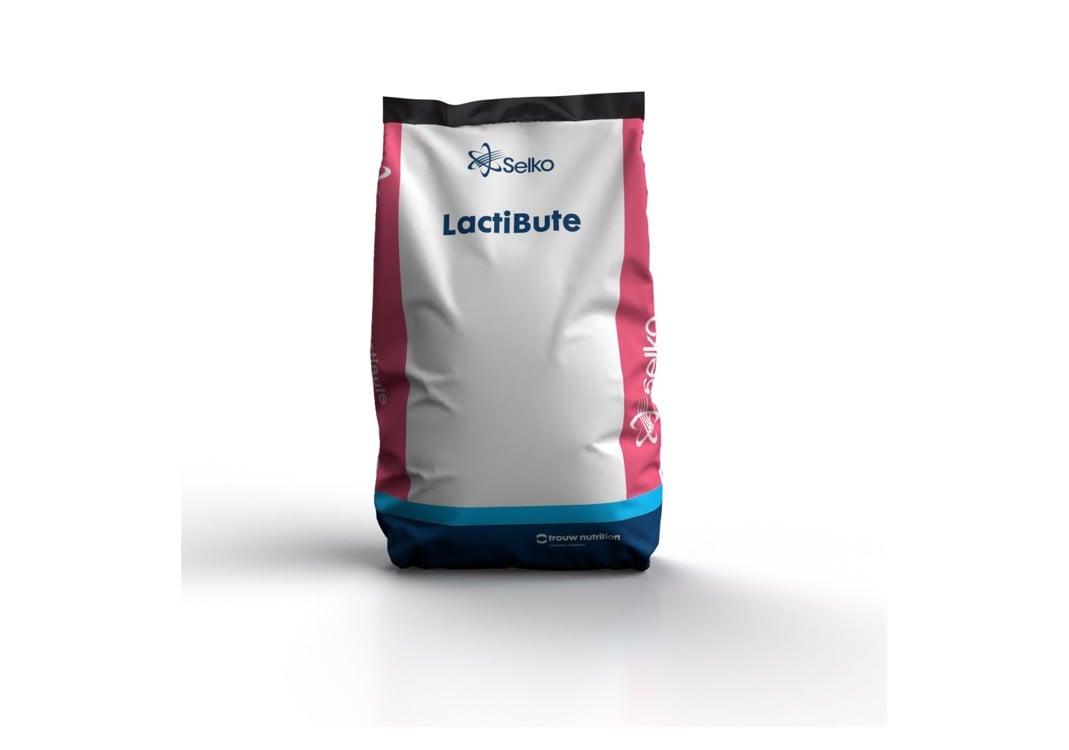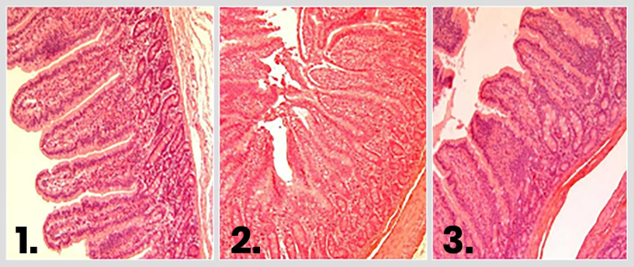
Selko Lactibute
- Product
Rising temperatures and more frequent heat waves in recent years have brought the issue of heat stress into sharp focus - not just for humans, but also for dairy and beef cattle. The impact on cows is significant and multifaceted. Heat stress not only reduces dry matter intake, but also contributes to leaky gut, oxidative stress, altered rumen function, and systemic inflammation. These effects compromise nutrient utilization, immune response, and overall animal performance.
Studies using pair-fed animals—where heat-stressed cows are compared to cows in cooler conditions but given the same reduced feed—have shown that only about 50% of the milk production loss is due to reduced feed intake. The other 50% is linked to the physiological stress response, including inflammation and metabolic changes, which directly affect productivity (see Figure 1).

Figure 1: 1. Thermal neutral well-fed. | 2. Heat stress. | 3. Pair-fed.
Changes of the gut wall in animals under heat stress compared to animals in thermal neutral conditions and animals pair fed the same amount of feed as the animals under heat stress.
One of the consequences of heat stress is loss of barrier function in the hindgut, leading to a phenomenon called "leaky gut". In dairy cows with leaky gut, bacterial toxins enter the blood circulation, resulting in systemic inflammation. This diverts energy away from milk production leading to reduced yields and higher costs per litre.
An inflammatory response can use up to 1 kilogram of glucose in a 12-hour period. Next to that, systemic inflammation as a result of leaky gut in dairy cows results in a reduction of appetite and dry matter intake. The combination of a reduced dry matter intake and glucose being used for an inflammatory response causes a considerable drop in milk production.
During the spring and summer, there are two reasons that milk fat production drops. The first reason is the high acid load on the rumen resulting from high sugar levels and low fibre levels of spring grass. The second reason is heat stress. Heat stress is one of the primary causes of leaky gut. As temperatures rises, water moves out of cells in the gut lining, causing the tight junctions that hold them together to weaken. As these junctions are loosened, the severity of leaky gut is increased. On top of this, cows reduce dry matter intake to try to control their body temperature by reducing rumen fermentation, which is a major source of internal heat. Reducing DMI also results in changes in gut wall structure, which also contributes to leaky gut and a systemic inflammatory response. With the rumen being less full, the buffering capacity drops, and the rumen becomes more acidic, which leads to a further reduction of butterfat production.
Strategies to reduce the incidence of leaky gut and inflammation will help improve the performance of dairy cows. This can be achieved by modifying the fermentation in the hindgut, in particular by increasing the supply of butyrate at hindgut level. Butyrate is one of the essential volatile fatty acids (VFA's), produced during fermentation in both the rumen and the hindgut. It is an important source of energy supply for the dairy cow. It also has an important role in maintaining the integrity of the intestinal barrier and reducing inflammation, helping repair the effects of leaky gut.
Selko Lactibute contains calcium gluconate which promotes the conversion of lactic acid to butyrate in the hindgut. This shift towards butyrate production specifically in the small intestine helps strengthen the gut barrier, reduces inflammation and reduces nutrient loss2,3,4,5,6,7. Selko Lactibute also results in an increase of bacteria utilising short chain fatty acids in the hindgut. The increase in this bacterial population causes the cow to use dietary fat and fat from body reserves a lot more efficiently, resulting in an increase of milk and butterfat production8,9,10,11.
Minimising the effects of heat stress on cows is of utmost importance if farmers want to maximise feed efficiency of dairy cows during periods of heat stress. Reducing the drop in dry matter intake is vital but farmers also need to consider the other 50% of milk losses coming from poor hindgut health. Treatment with Selko LactiBute can help to mitigate the effects of leaky gut and systemic inflammation in dairy cows suffering from heat stress (see Figure 2).

Figure 2: fat and protein levels in milk of cows treated with Selko LactiBute during the summer of 2021 compared to fat and protein levels in the summer of 2020, during which period they were not treated with Selko LactiBute.
A meta-analysis of 7 trials carried out with Selko LactiBute showed an increase in production of milk fat of 36 g/day (p<0.01), with a 95% confidence interval of 21-50 g/day.
References